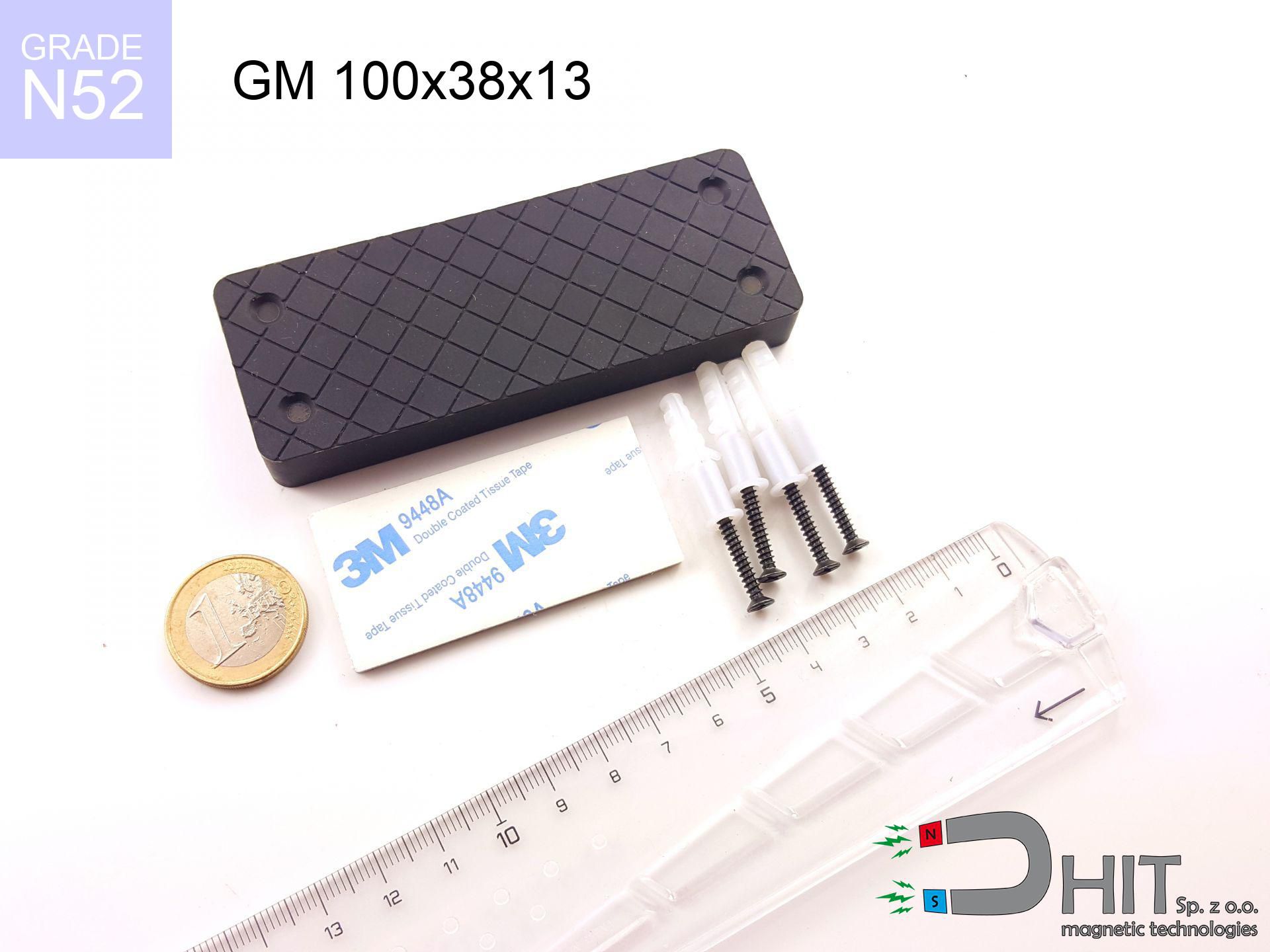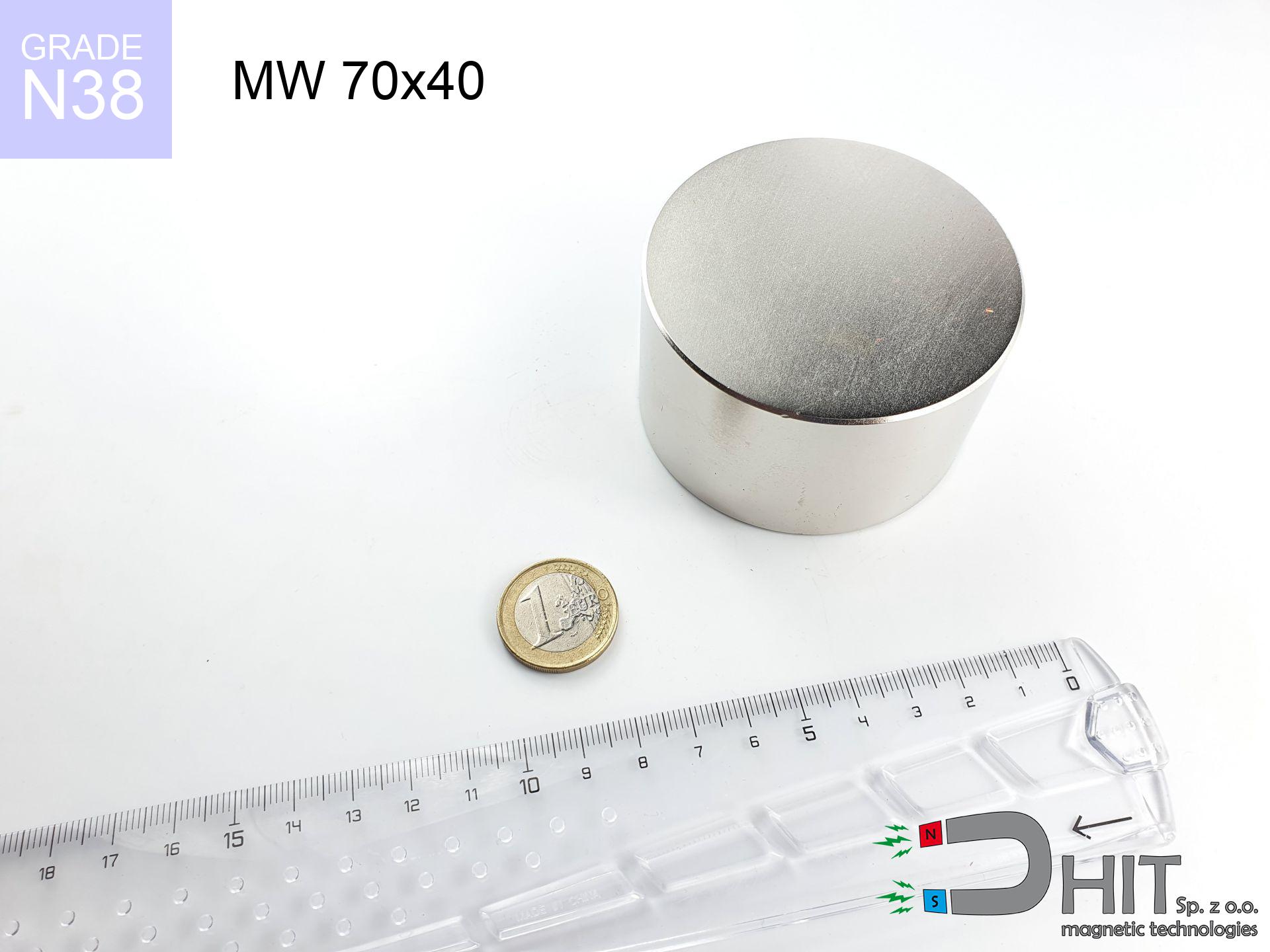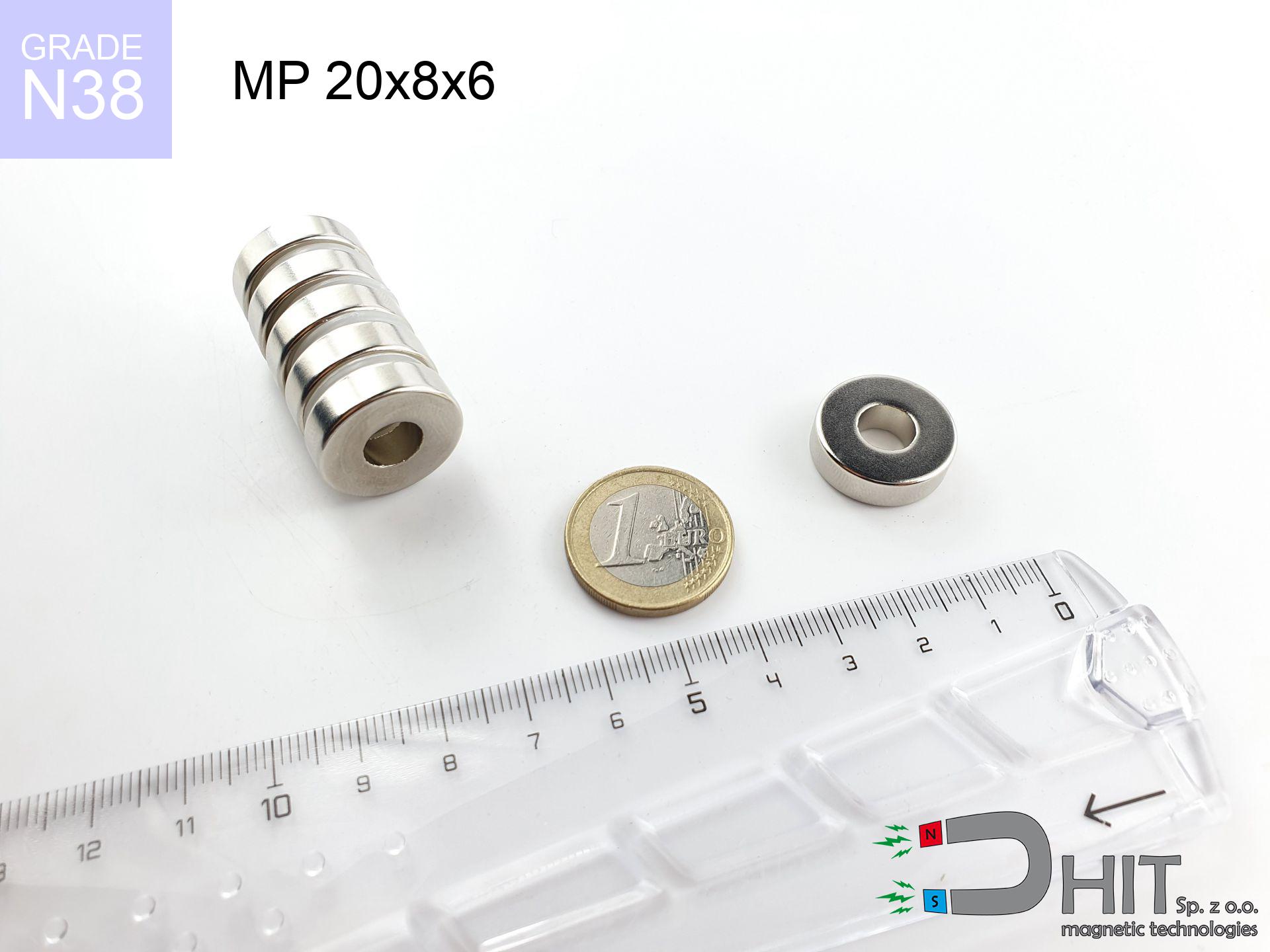UMT 12x20 blue / N38 - board holder
board holder
Catalog no 230279
GTIN/EAN: 5906301814313
Diameter Ø
12 mm [±1 mm]
Height
20 mm [±1 mm]
Weight
3.5 g
Coating
[NiCuNi] Nickel
1.894 ZŁ with VAT / pcs + price for transport
1.540 ZŁ net + 23% VAT / pcs
bulk discounts:
Need more?
Pick up the phone and ask
+48 888 99 98 98
or let us know via
our online form
our website.
Force as well as structure of neodymium magnets can be checked on our
power calculator.
Same-day processing for orders placed before 14:00.
Physical properties - UMT 12x20 blue / N38 - board holder
Specification / characteristics - UMT 12x20 blue / N38 - board holder
| properties | values |
|---|---|
| Cat. no. | 230279 |
| GTIN/EAN | 5906301814313 |
| Production/Distribution | Dhit sp. z o.o. |
| Country of origin | Poland / China / Germany |
| Customs code | 85059029 |
| Diameter Ø | 12 mm [±1 mm] |
| Height | 20 mm [±1 mm] |
| Weight | 3.5 g |
| Coating | [NiCuNi] Nickel |
| Manufacturing Tolerance | ±1 mm |
Magnetic properties of material N38
| properties | values | units |
|---|---|---|
| remenance Br [min. - max.] ? | 12.2-12.6 | kGs |
| remenance Br [min. - max.] ? | 1220-1260 | mT |
| coercivity bHc ? | 10.8-11.5 | kOe |
| coercivity bHc ? | 860-915 | kA/m |
| actual internal force iHc | ≥ 12 | kOe |
| actual internal force iHc | ≥ 955 | kA/m |
| energy density [min. - max.] ? | 36-38 | BH max MGOe |
| energy density [min. - max.] ? | 287-303 | BH max KJ/m |
| max. temperature ? | ≤ 80 | °C |
Physical properties of sintered neodymium magnets Nd2Fe14B at 20°C
| properties | values | units |
|---|---|---|
| Vickers hardness | ≥550 | Hv |
| Density | ≥7.4 | g/cm3 |
| Curie Temperature TC | 312 - 380 | °C |
| Curie Temperature TF | 593 - 716 | °F |
| Specific resistance | 150 | μΩ⋅cm |
| Bending strength | 250 | MPa |
| Compressive strength | 1000~1100 | MPa |
| Thermal expansion parallel (∥) to orientation (M) | (3-4) x 10-6 | °C-1 |
| Thermal expansion perpendicular (⊥) to orientation (M) | -(1-3) x 10-6 | °C-1 |
| Young's modulus | 1.7 x 104 | kg/mm² |
Chemical composition
| iron (Fe) | 64% – 68% |
| neodymium (Nd) | 29% – 32% |
| boron (B) | 1.1% – 1.2% |
| dysprosium (Dy) | 0.5% – 2.0% |
| coating (Ni-Cu-Ni) | < 0.05% |
Ecology and recycling (GPSR)
| recyclability (EoL) | 100% |
| recycled raw materials | ~10% (pre-cons) |
| carbon footprint | low / zredukowany |
| waste code (EWC) | 16 02 16 |
Other deals
Strengths as well as weaknesses of Nd2Fe14B magnets.
Benefits
- They have stable power, and over more than ten years their attraction force decreases symbolically – ~1% (in testing),
- They are resistant to demagnetization induced by external disturbances,
- A magnet with a smooth nickel surface has better aesthetics,
- Neodymium magnets generate maximum magnetic induction on a small area, which increases force concentration,
- Thanks to resistance to high temperature, they are able to function (depending on the shape) even at temperatures up to 230°C and higher...
- Thanks to freedom in designing and the capacity to adapt to specific needs,
- Fundamental importance in high-tech industry – they are utilized in magnetic memories, electric motors, diagnostic systems, and complex engineering applications.
- Compactness – despite small sizes they offer powerful magnetic field, making them ideal for precision applications
Cons
- Brittleness is one of their disadvantages. Upon strong impact they can fracture. We recommend keeping them in a steel housing, which not only secures them against impacts but also increases their durability
- When exposed to high temperature, neodymium magnets experience a drop in power. Often, when the temperature exceeds 80°C, their power decreases (depending on the size and shape of the magnet). For those who need magnets for extreme conditions, we offer [AH] versions withstanding up to 230°C
- Magnets exposed to a humid environment can rust. Therefore when using outdoors, we recommend using water-impermeable magnets made of rubber, plastic or other material protecting against moisture
- Limited possibility of making nuts in the magnet and complicated forms - recommended is a housing - magnet mounting.
- Possible danger related to microscopic parts of magnets can be dangerous, in case of ingestion, which gains importance in the context of child safety. Additionally, small components of these magnets are able to complicate diagnosis medical after entering the body.
- Due to neodymium price, their price is higher than average,
Pull force analysis
Maximum lifting capacity of the magnet – what contributes to it?
- on a block made of mild steel, perfectly concentrating the magnetic field
- with a thickness no less than 10 mm
- with a surface free of scratches
- without any clearance between the magnet and steel
- during detachment in a direction vertical to the mounting surface
- at temperature approx. 20 degrees Celsius
Practical lifting capacity: influencing factors
- Space between magnet and steel – every millimeter of separation (caused e.g. by veneer or unevenness) diminishes the magnet efficiency, often by half at just 0.5 mm.
- Direction of force – maximum parameter is available only during perpendicular pulling. The shear force of the magnet along the plate is usually several times smaller (approx. 1/5 of the lifting capacity).
- Steel thickness – too thin plate does not accept the full field, causing part of the flux to be wasted into the air.
- Material type – the best choice is high-permeability steel. Hardened steels may generate lower lifting capacity.
- Surface quality – the more even the plate, the better the adhesion and stronger the hold. Unevenness creates an air distance.
- Operating temperature – neodymium magnets have a sensitivity to temperature. At higher temperatures they are weaker, and at low temperatures gain strength (up to a certain limit).
Lifting capacity testing was conducted on a smooth plate of suitable thickness, under a perpendicular pulling force, however under parallel forces the holding force is lower. In addition, even a minimal clearance between the magnet and the plate reduces the load capacity.
Safe handling of NdFeB magnets
Physical harm
Watch your fingers. Two powerful magnets will snap together immediately with a force of massive weight, crushing everything in their path. Exercise extreme caution!
GPS Danger
Navigation devices and mobile phones are highly susceptible to magnetic fields. Direct contact with a strong magnet can permanently damage the sensors in your phone.
Data carriers
Do not bring magnets close to a wallet, laptop, or TV. The magnetism can permanently damage these devices and erase data from cards.
Maximum temperature
Avoid heat. Neodymium magnets are sensitive to temperature. If you need resistance above 80°C, inquire about HT versions (H, SH, UH).
Magnets are brittle
Despite the nickel coating, the material is brittle and cannot withstand shocks. Do not hit, as the magnet may crumble into sharp, dangerous pieces.
Adults only
NdFeB magnets are not suitable for play. Accidental ingestion of multiple magnets may result in them connecting inside the digestive tract, which poses a severe health hazard and necessitates urgent medical intervention.
Mechanical processing
Machining of NdFeB material poses a fire risk. Magnetic powder oxidizes rapidly with oxygen and is difficult to extinguish.
Allergy Warning
Medical facts indicate that nickel (standard magnet coating) is a strong allergen. If your skin reacts to metals, refrain from direct skin contact or opt for coated magnets.
Medical implants
People with a heart stimulator should keep an safe separation from magnets. The magnetism can interfere with the functioning of the implant.
Safe operation
Use magnets with awareness. Their huge power can surprise even professionals. Stay alert and respect their force.








